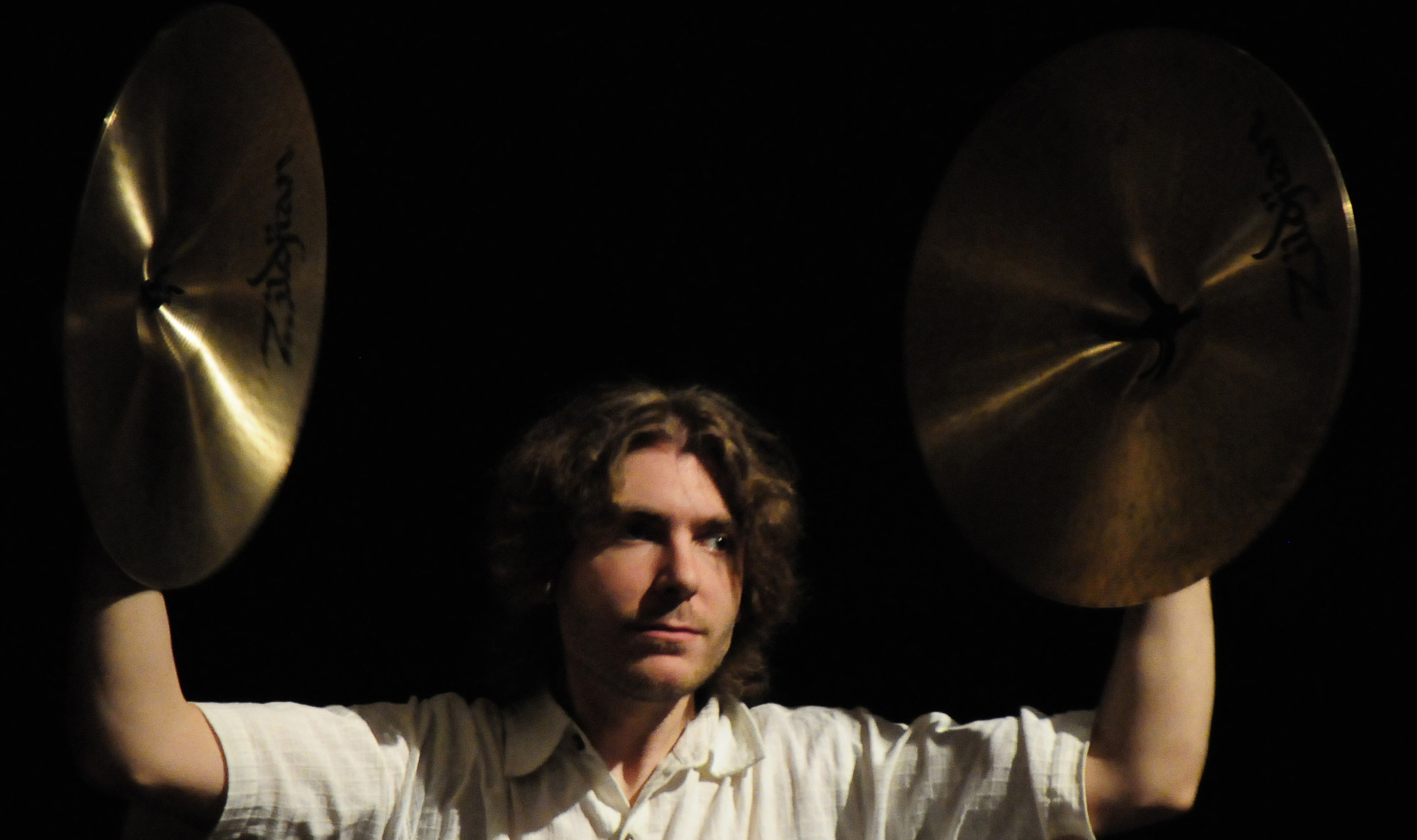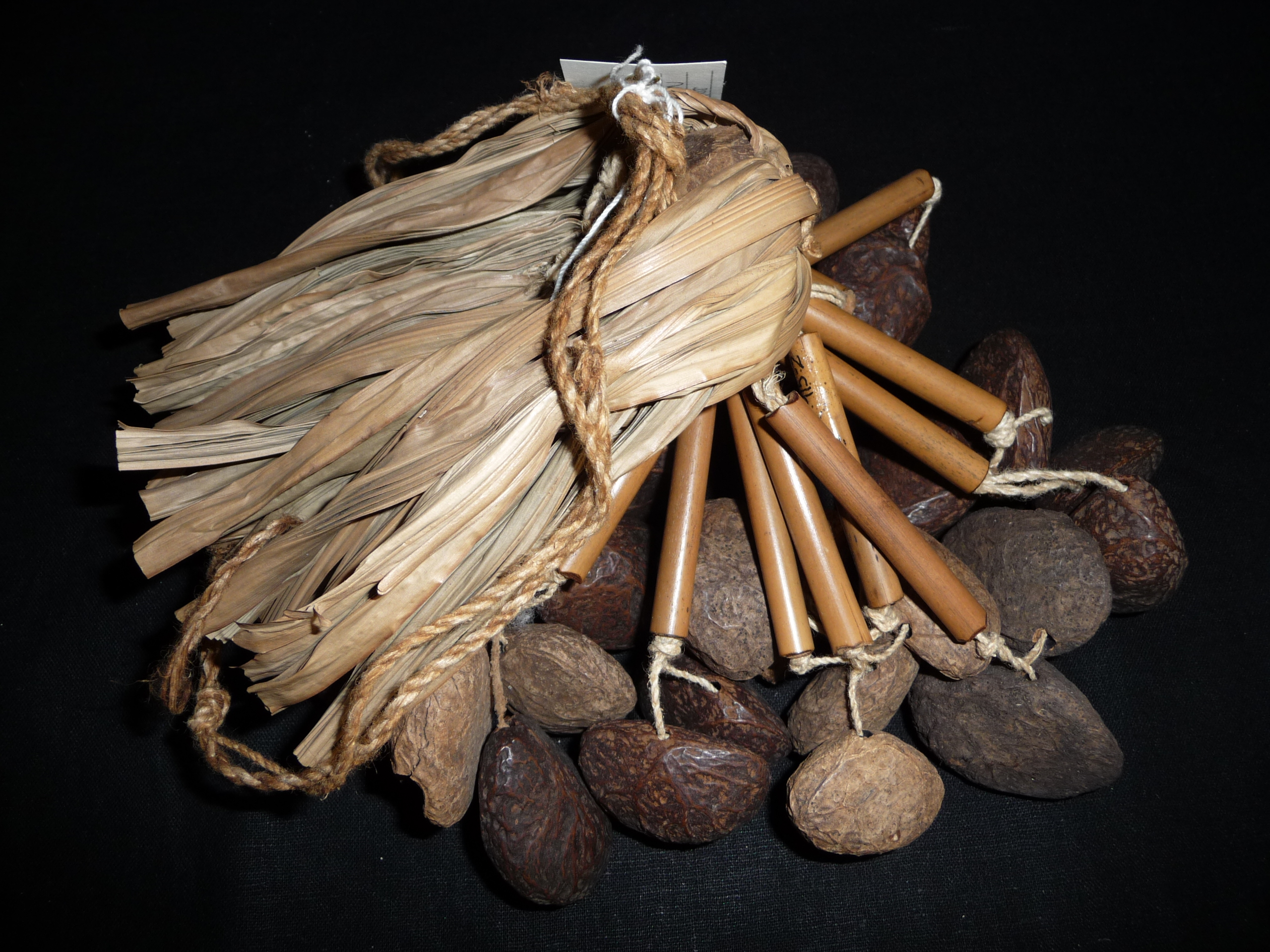|
Hittite Music
Hittite music is the music of the Hittites of the 17th-12th century BC and of the Syro-Hittite successor states of the 12th-7th century BC. Understanding of Hittite music is based on archaeological finds and literary source material. Hittite texts mainly describe the use of music in religious contexts. The basic musical elements were instrumental music and singing, as well as shouting and other noises, like clapping. Because of the small amount of evidence, Hittite music is poorly understood compared to Mesopotamian and Egyptian music of the same period. Cultural and chronological variation The inhabitants of the Hittite empire did not belong to a single ethnicity. The north, up to the Black Sea, was inhabited by the Hatti, which had a large influence on Hittite culture. Their language, Hattian, was regularly used in Hittite religious rituals. The Luwians, who were closely related to the Hittites, lived in southern Anatolia, and it seems that the horn played a particularly ... [...More Info...] [...Related Items...] OR: [Wikipedia] [Google] [Baidu] |
Musical Notation
Music notation or musical notation is any system used to visually represent aurally perceived music played with instruments or sung by the human voice through the use of written, printed, or otherwise-produced symbols, including notation for durations of absence of sound such as rests. The types and methods of notation have varied between cultures and throughout history, and much information about ancient music notation is fragmentary. Even in the same time period, such as in the 2010s, different styles of music and different cultures use different music notation methods; for example, for professional classical music performers, sheet music using staves and noteheads is the most common way of notating music, but for professional country music session musicians, the Nashville Number System is the main method. The symbols used include ancient symbols and modern symbols made upon any media such as symbols cut into stone, made in clay tablets, made using a pen on papyrus or ... [...More Info...] [...Related Items...] OR: [Wikipedia] [Google] [Baidu] |
Hüseyindede Vases
The Hüseyindede vases are Early Hittite vases decorated with reliefs, which were found in excavations at Hüseyindede Tepe near Yörüklü in the Turkish province of Çorum. There are fragments of four vases in total. Two of them were nearly complete and were able to be restored. The vases, dated to approximately 1650 BCE, are on display in the Çorum Archaeological Museum. Discovery During site inspections by the Turkish archaeologists Tunç Sipahi und Tayfun Yıldırım in 1996, sherds of Early Hittite pottery were found on the surface on the south side of Hüseyindede Tepe among other things. During an emergency excavation in 1997 and further regular excavations from 1998 in collaboration with the Çorum Archaeological Museum, fragments of earthenware pottery and parts of four distinct Hittite relief vases were brought to light. Two of them were found in an ancient storeroom; the other two amongst the surrounding debris.Yıldırım, 2001, pp. 43–62. They were resto ... [...More Info...] [...Related Items...] OR: [Wikipedia] [Google] [Baidu] |
Sistrum
A sistrum (plural: sistra or Latin sistra; from the Greek ''seistron'' of the same meaning; literally "that which is being shaken", from ''seiein'', "to shake") is a musical instrument of the percussion family, chiefly associated with ancient Egypt. It consists of a handle and a U-shaped metal frame, made of brass or bronze and between 30 and 76 cm in width. When shaken, the small rings or loops of thin metal on its movable crossbars produce a sound that can be from a soft clank to a loud jangling. Its name in the ancient Egyptian language was sekhem ''(sḫm)'' and sesheshet ''(sššt).'' Sekhem is the simpler, hoop-like sistrum, while sesheshet (an onomatopoeic word) is the naos-shaped one. The modern day West African disc rattle instrument is also called a sistrum. Egyptian sistrum The sistrum was a sacred instrument in ancient Egypt. Perhaps originating in the worship of Bat, it was used in dances and religious ceremonies, particularly in the worship of the goddes ... [...More Info...] [...Related Items...] OR: [Wikipedia] [Google] [Baidu] |
Clash Cymbals
Clash cymbals (also called concert cymbals, orchestral cymbals, or crash cymbals) are cymbals played in matched pairs by holding one cymbal in each hand and striking the two together. To differentiate this type of cymbal from a suspended cymbal, they are also called hand cymbals. Terminology In Sheet music, musical scores, clash cymbals are normally indicated as ''cymbals'' or sometimes simply ''C.C.'' If another type of cymbal, for example a suspended cymbal, is required in an orchestral score, then for historical reasons this is often also indicated ''cymbals''. Some composers and arrangers use the plural ''cymbals'' or ''crash cymbals'' to indicate clash cymbals, with the singular ''cymbal'' to indicate a suspended cymbal. Composers will often condense the clash cymbals and a suspended cymbal into the same part. There are a number of techniques used to indicate which is desired. Whenever ''with stick'' or ''with mallet'' is written, a suspended cymbal is used. A return to clas ... [...More Info...] [...Related Items...] OR: [Wikipedia] [Google] [Baidu] |
Rattle (percussion Instrument)
A rattle is a type of percussion instrument which produces a sound when shaken. Rattles are described in the Hornbostel–Sachs system as ''Shaken Idiophones or Rattles (112.1)''. According to Sachs, Rattles include: * Maracas, widely used in Cha Cha Cha and jazz. ** Chac-chac, as known in Trinidad, Dominica and the French Antilles. * The egg-shaped plastic chicken shake, filled with steel shot and available in varying tones depending on the size and quantity of shot. * Folk instruments especially used in ceremonial dance. * Toy rattles for infants. Though there are many different sorts of rattles, some music scores indicate simply a rattle (or the corresponding terms French ''claquette'', ''hochet''; Ger. ''Rassel'', ''Schnarre''; It. ''nacchere''). Examples * Chankana * Ganzá * Hosho * Maracas * Maracitos * Katsa * Chajchas * Rainstick * Kashaka History In Ancient Egypt, rattles were used during funerary rituals to signify regeneration in the after-life. Rattles ... [...More Info...] [...Related Items...] OR: [Wikipedia] [Google] [Baidu] |
Music Theory
Music theory is the study of the practices and possibilities of music. ''The Oxford Companion to Music'' describes three interrelated uses of the term "music theory". The first is the "rudiments", that are needed to understand music notation (key signatures, time signatures, and rhythmic notation); the second is learning scholars' views on music from antiquity to the present; the third is a sub-topic of musicology that "seeks to define processes and general principles in music". The musicological approach to theory differs from music analysis "in that it takes as its starting-point not the individual work or performance but the fundamental materials from which it is built." Music theory is frequently concerned with describing how musicians and composers make music, including tuning systems and composition methods among other topics. Because of the ever-expanding conception of what constitutes music, a more inclusive definition could be the consideration of any sonic phenomena, ... [...More Info...] [...Related Items...] OR: [Wikipedia] [Google] [Baidu] |
Hittite Cuneiform
Hittite cuneiform is the implementation of cuneiform script used in writing the Hittite language. The surviving corpus of Hittite texts is preserved in cuneiform on clay tablets dating to the 2nd millennium BC (roughly spanning the 17th to 12th centuries BC). Hittite orthography was directly adapted from Old Babylonian cuneiform. What is presented below is Old Akkadian cuneiform, so most of the characters shown here are not, in fact, those used in Hittite texts. For examples of actual Hittite cuneiform, see The Hittite Grammar Homepage or other similarly reputable sources. The ''Hethitisches Zeichenlexikon'' ("Hittite Sign List" commonly referred to as ''HZL'') of Rüster and Neu lists 375 cuneiform signs used in Hittite documents (11 of them only appearing in Hurrian and Hattic glosses), compared to some 600 signs in use in Old Assyrian. About half of the signs have syllabic values, the remaining are used as ideograms or logograms to represent the entire word—much as the char ... [...More Info...] [...Related Items...] OR: [Wikipedia] [Google] [Baidu] |
Hattusa
Hattusa (also Ḫattuša or Hattusas ; Hittite: URU''Ḫa-at-tu-ša'', Turkish: Hattuşaş , Hattic: Hattush) was the capital of the Hittite Empire in the late Bronze Age. Its ruins lie near modern Boğazkale, Turkey, within the great loop of the Kızılırmak River (Hittite: ''Marashantiya''; Greek: '' Halys''). Hattusa was added to the UNESCO World Heritage Site list in 1986. Surroundings The landscape surrounding the city included rich agricultural fields and hill lands for pasture as well as woods. Smaller woods are still found outside the city, but in ancient times, they were far more widespread. This meant the inhabitants had an excellent supply of timber when building their houses and other structures. The fields provided the people with a subsistence crop of wheat, barley and lentils. Flax was also harvested, but their primary source for clothing was sheep wool. They also hunted deer in the forest, but this was probably only a luxury reserved for the nobility. Dome ... [...More Info...] [...Related Items...] OR: [Wikipedia] [Google] [Baidu] |
Bronze Age
The Bronze Age is a historic period, lasting approximately from 3300 BC to 1200 BC, characterized by the use of bronze, the presence of writing in some areas, and other early features of urban civilization. The Bronze Age is the second principal period of the three-age system proposed in 1836 by Christian Jürgensen Thomsen for classifying and studying ancient societies and history. An ancient civilization is deemed to be part of the Bronze Age because it either produced bronze by smelting its own copper and alloying it with tin, arsenic, or other metals, or traded other items for bronze from production areas elsewhere. Bronze is harder and more durable than the other metals available at the time, allowing Bronze Age civilizations to gain a technological advantage. While terrestrial iron is naturally abundant, the higher temperature required for smelting, , in addition to the greater difficulty of working with the metal, placed it out of reach of common use until the end o ... [...More Info...] [...Related Items...] OR: [Wikipedia] [Google] [Baidu] |
Museum Of Anatolian Civilizations049 Kopie2
A museum ( ; plural museums or, rarely, musea) is a building or institution that cares for and displays a collection of artifacts and other objects of artistic, cultural, historical, or scientific importance. Many public museums make these items available for public viewing through exhibits that may be permanent or temporary. The largest museums are located in major cities throughout the world, while thousands of local museums exist in smaller cities, towns, and rural areas. Museums have varying aims, ranging from the conservation and documentation of their collection, serving researchers and specialists, to catering to the general public. The goal of serving researchers is not only scientific, but intended to serve the general public. There are many types of museums, including art museums, natural history museums, science museums, war museums, and children's museums. According to the International Council of Museums (ICOM), there are more than 55,000 museums in 202 countries ... [...More Info...] [...Related Items...] OR: [Wikipedia] [Google] [Baidu] |






